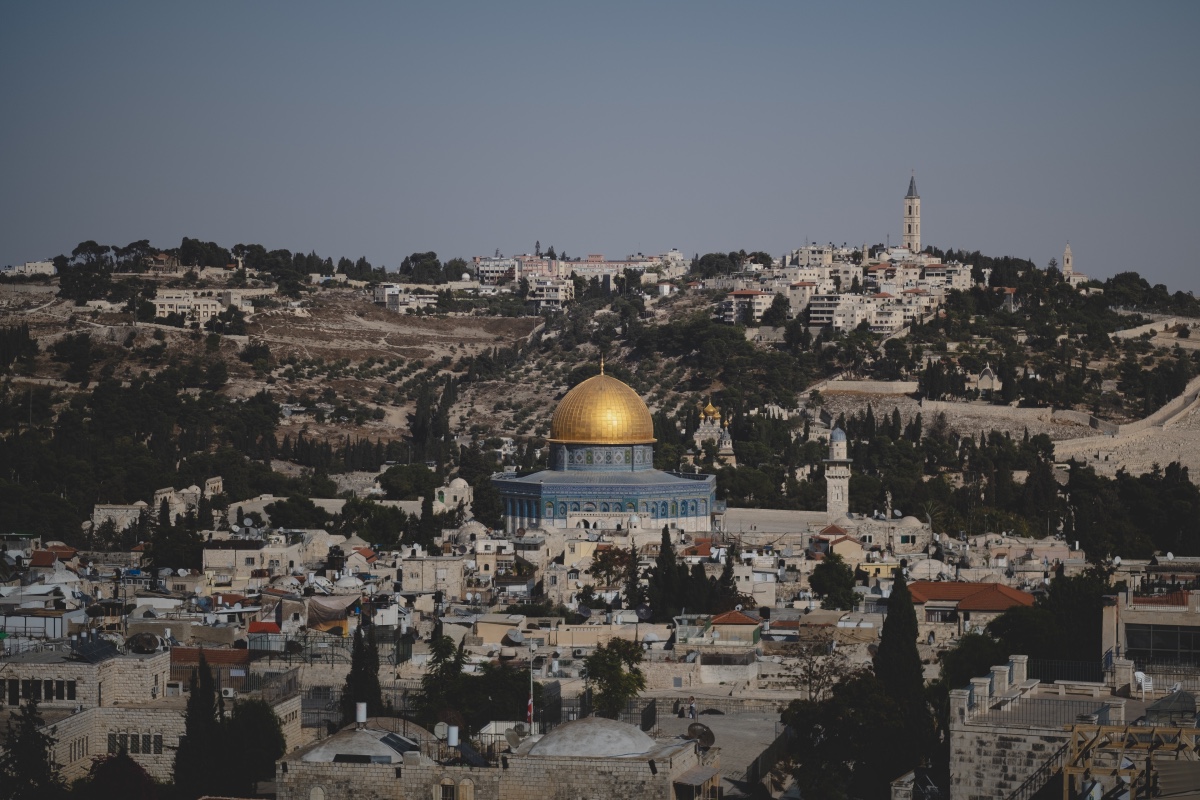Houla Massacre Evokes Memories of Srebrenica
Obama outlined his new strategy and the appointment of a government-wide Atrocities Prevention Board in a speech last month at the U.S. Holocaust Memorial Museum that included the line, “awareness without action changes nothing.†He was gently taken to task by Nobel laureate Elie Wiesel, who wondered pointedly whether world leaders had learned anything from the Holocaust when men such as Bashar al-Assad and Mahmoud Ahmadinejad were still in power in Syria and Iran.
Wiesel’s presence endowed the occasion with a certain historic symmetry, as he had delivered a very similar public rebuff to Clinton at the height of the Bosnia war. Speaking at the dedication of the Holocaust museum in 1993, the Auschwitz survivor said he was “unable to sleep†after a visit to the former Yugoslavia. “People fight each other and children die,†he told Clinton. “Something, anything, must be done.â€
But other commentators note that the level of violence in Syria has yet to reach the proportions of Bosnia, much less Rwanda, where about 500,000 Tutsis were killed in just 100 days in 1994 in an orgy of state-sponsored killings. By independent estimates, about 10,000 Syrians have been killed by government security forces over the past year.
“There are big differences between Bosnia and Syria,†said Mort Abramowitz, a retired U.S. diplomat who led a public campaign for American intervention in the Balkans. “In Bosnia, you had three years of war, massive ethnic cleansing, 100,000 casualties, a conflict that involved Europeans, not Arabs. The administration is embarrassed by the deaths of the hundred or so kids, but they are not going to do anything unless there is a lot more violence.â€
While the scale of the violence is different, there are sufficient similarities between the methods used by Assad and his Serbian counterparts, Slobodan Milosevic and Radovan Karadzic, to be deeply disturbing to many people who experienced the Bosnia war.
“Take a look at what the Syrian government forces are doing and what happened in Bosnia in 1992,†said Suljagic, who worked with the United Nations during the war as a translator. “Surrounding villages with the army, shelling civilian homes, separating the men from the women, raping the women, killing the men. It is straight out of the Karadzic-Milosevic playbook.â€
Suljagic said he shared his concerns about Syria with an American diplomat in Sarajevo only to be told that the United States “did not have a dog in that fight,†a remark that echoed a now-celebrated comment by Secretary of State James Baker in 1991, before the breakup of Yugoslavia.
Mixed success
One big difference between Syria and Bosnia is the impact of the Internet and social media, which have resulted in the almost immediate distribution of shocking images from obscure villages such as Houla. In July 1995, by contrast, it took weeks to build up a complete picture of the atrocities in Srebrenica, despite the presence of a large international press corps in Sarajevo that included Power.
The Obama administration has contributed to the dissemination of information about the Syrian atrocities by releasing satellite imagery of Syrian army units moving against towns and villages controlled by the Free Syrian Army, a loosely knit coalition of anti-Assad forces. The Clinton administration eventually released similar imagery of the Srebrenica crimes, but only after an anguished internal debate.
The U.S.-led military intervention in Bosnia has been a mixed success. On the one hand, it belatedly ended a brutal 3½ -year war. On the other, few of Bosnia’s underlying problems have been resolved and the country is now more deeply divided than ever, ethnically, religiously and politically.
“One lesson I draw from the Bosnian experience is that the international community should not try to create countries or democratic systems because that does not work,†said Latal, the former Bosnian journalist who is now an analyst with the International Crisis Group, a Washington-based think tank. “It did not work in Bosnia, and it did not work in Iraq or Afghanistan.â€
Latal fears that Western governments, and particularly the U.S. government, have become “victims of a 24/7 news cycle†in which they are forced to respond to television and YouTube images rather develop a coherent long-term strategy.
“Jumping from one intervention to another without a clear idea of where you are going can create problems down the road,†said Latal, pointing to the upsurge in ethnic bloodletting after the U.S. invasion of Iraq. “If you don’t have a very clear idea of who is doing what to whom, or what is likely to happen afterwards, then you shouldn’t intervene.â€
Dobbs, a former Washington Post reporter, has been researching the Srebrenica case as a fellow for the U.S. Holocaust Memorial Museum.
14-24













2012
941 views
views
0
comments